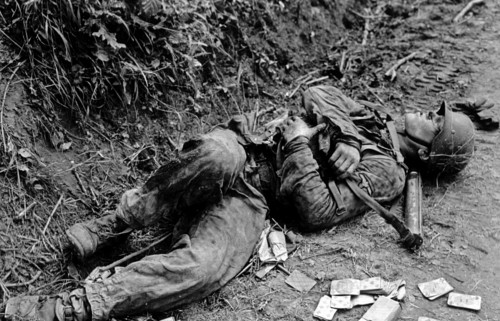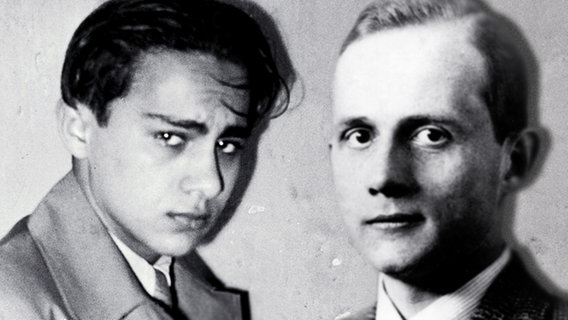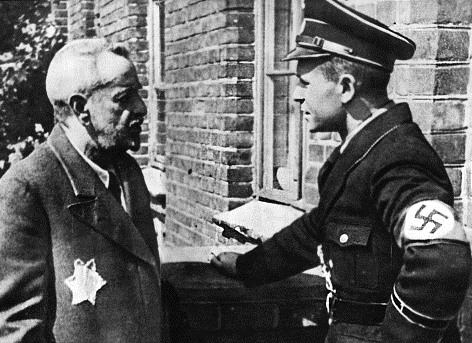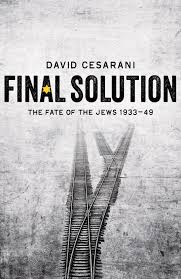Review of David Cesarani’s “Final Solution: The Fate of the Jews, 1933–49” — Part Five of Five
“I took a bit of revenge on the Germans…I also did some things with the German children.”
Jurek Kestenberg, 1946.
“Aba Kovner, the leader of the Jewish partisan group that formed in Vilnius in early 1942, dedicated himself to mounting a major revenge operation. With other members of his unit he set about obtaining enough toxin to kill thousands by contaminating the water system of a German metropolis.”
David Cesarani, Final Solution.
Blood Feud, 1941—?
The “hot” war that occurred between 1939 and 1945 only overlapped with what had been a much older European inter-ethnic “cold war.” This “cold war” was built on centuries of suppressed “high pressure” that finally found its release in what descended into a carnival of death for all sides. As the war became waged more desperately, the means by which this conflict was fought were made more horrifying. As the Jewish book Germany Must Perish! suggested, the war was increasingly being framed not in terms of geo-political terms, but in terms of racial annihilation.
As 1942 approached, the Third Reich faced a “European-wide food crisis,” forcing it to tighten the rationing system in order to favor its own people. The rations of Poles, Jews and POWs would all be decreased. When the United States entered the war, the imbalance of German resources was made all the more obvious. In this context, a meeting was held at Wannsee to discuss the “Jewish Problem.” Although this meeting has been mythologized and seared into popular memory as the point at which a “Final Solution” involving murder by gassing was concocted, the most recent scholarship has raised some significant doubts. As Cesarani points out, while gas vans had indeed been very briefly experimented with during the German euthanasia program, they were quickly abandoned for a host of social and practical reasons. More pertinently, however, this supposedly meticulous, conclusive and “final” meeting to discuss the question of Jews in Europe didn’t even refer to the particulars of the euthanasia project, and did not connect any of their plans with this operation — “not even by cautious euphemisms.” Most modern scholars now conclude that for a “war against the Jews,” the German effort was “ill-planned, under-funded and carried through haphazardly at best.” Read more








